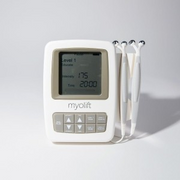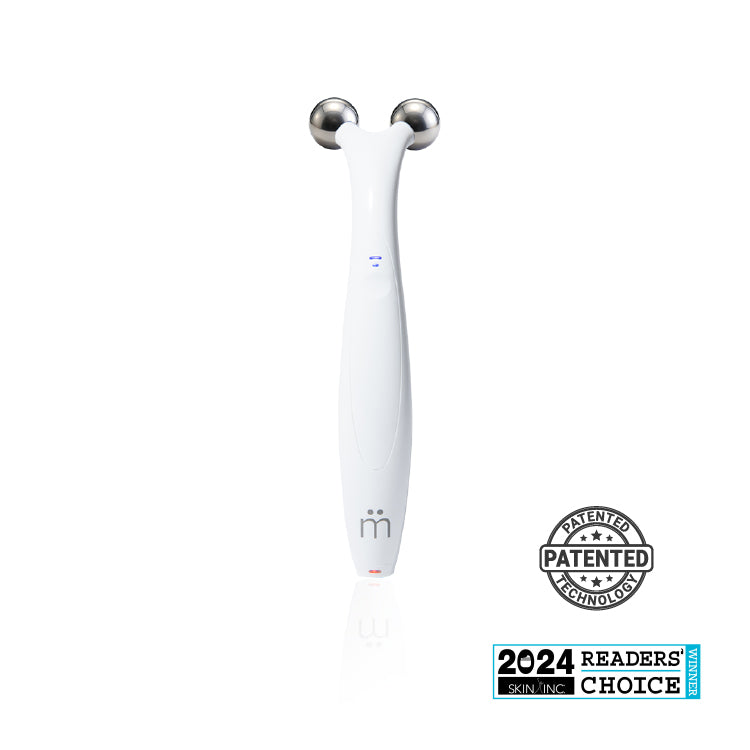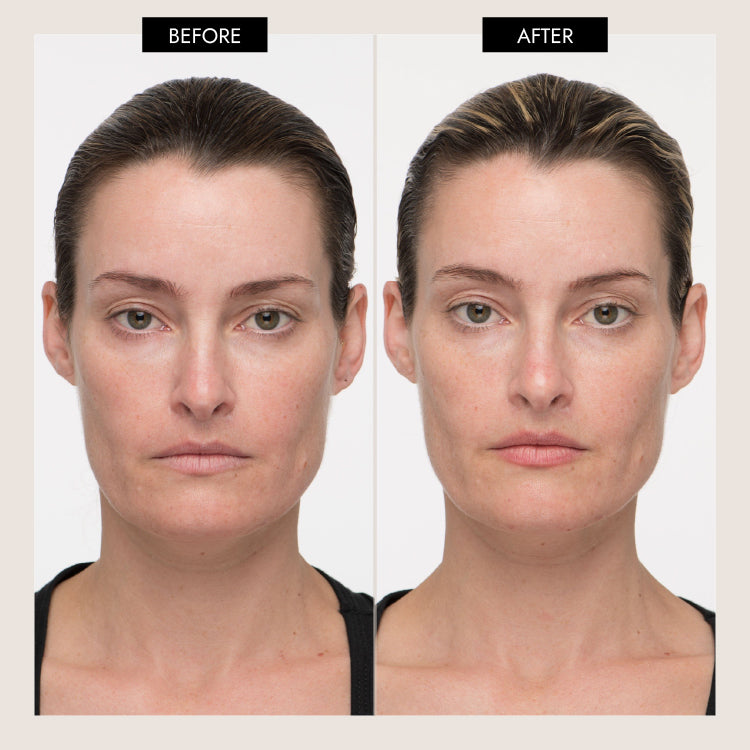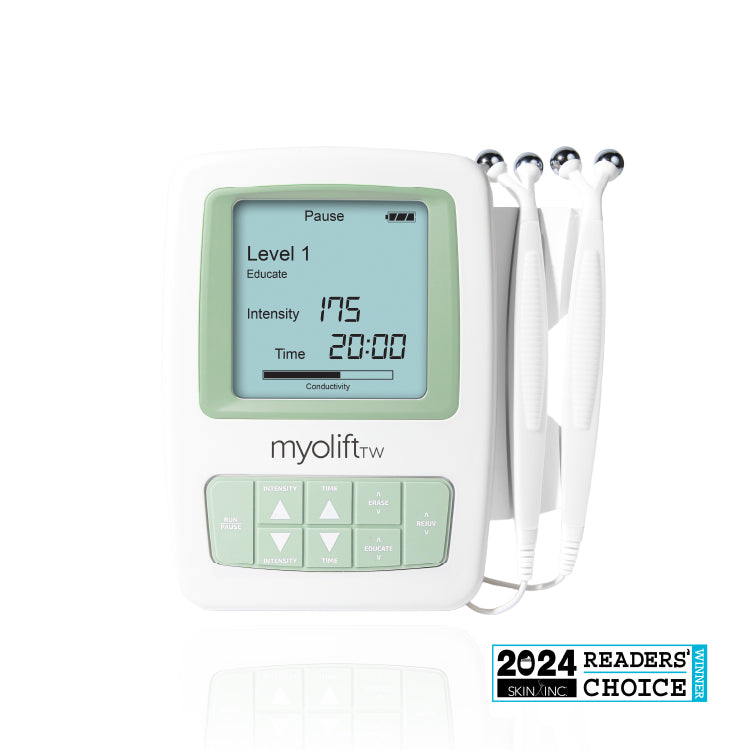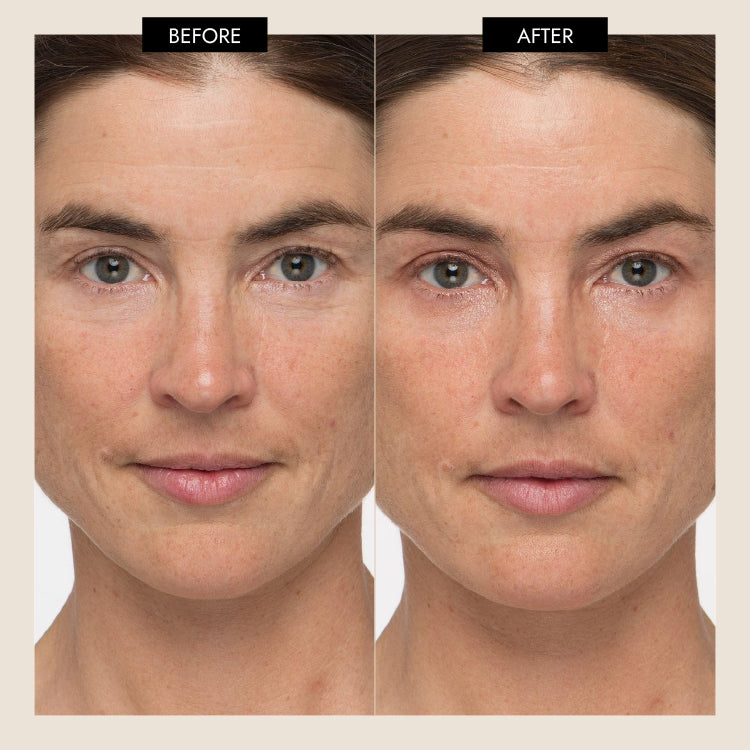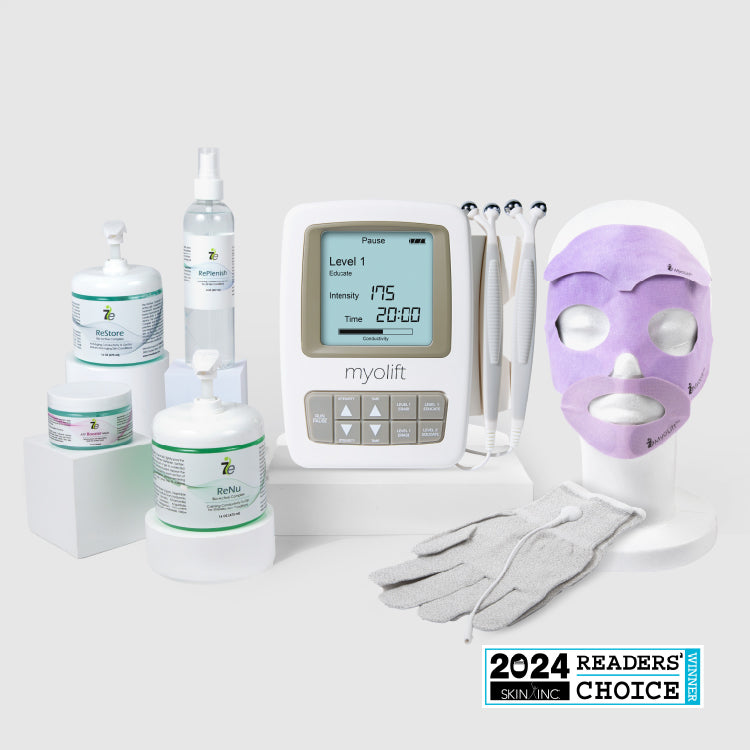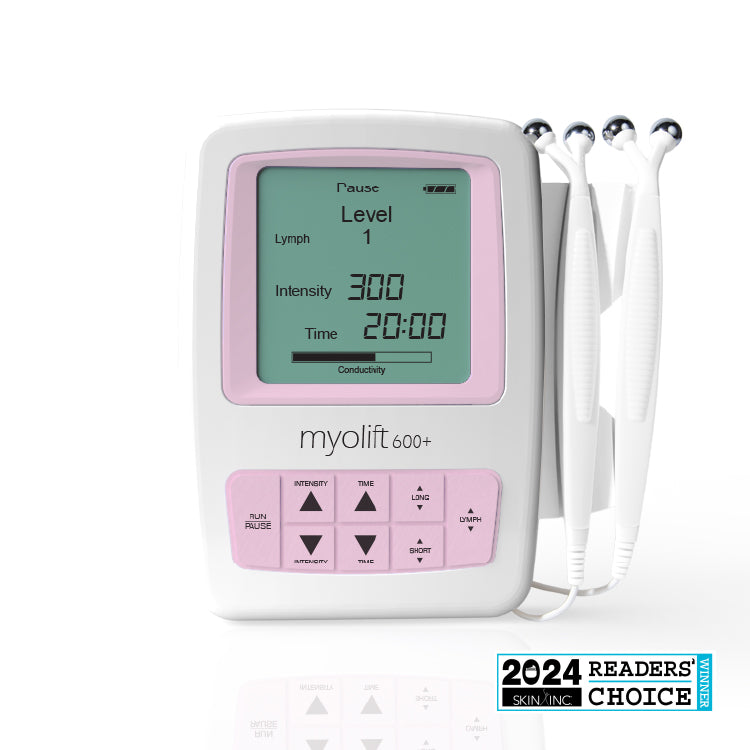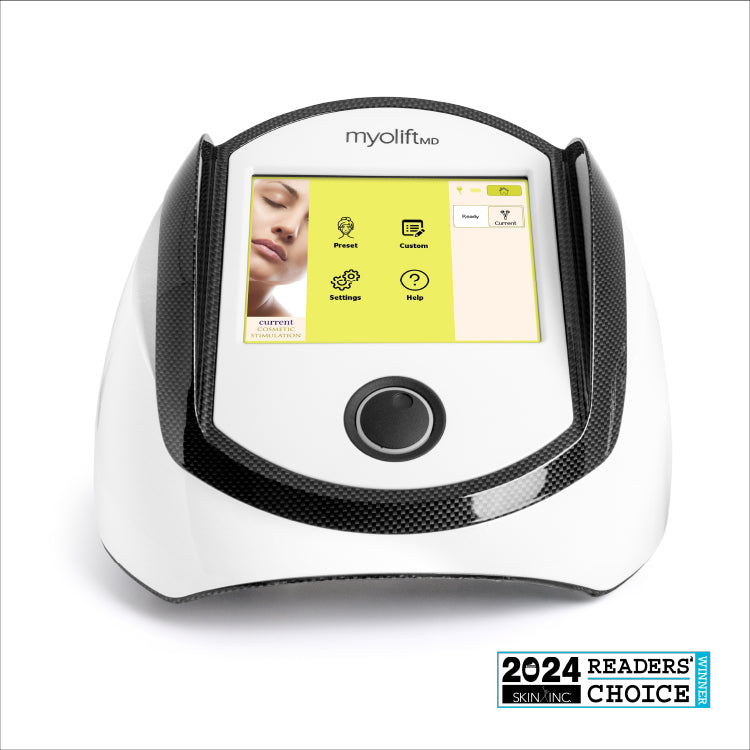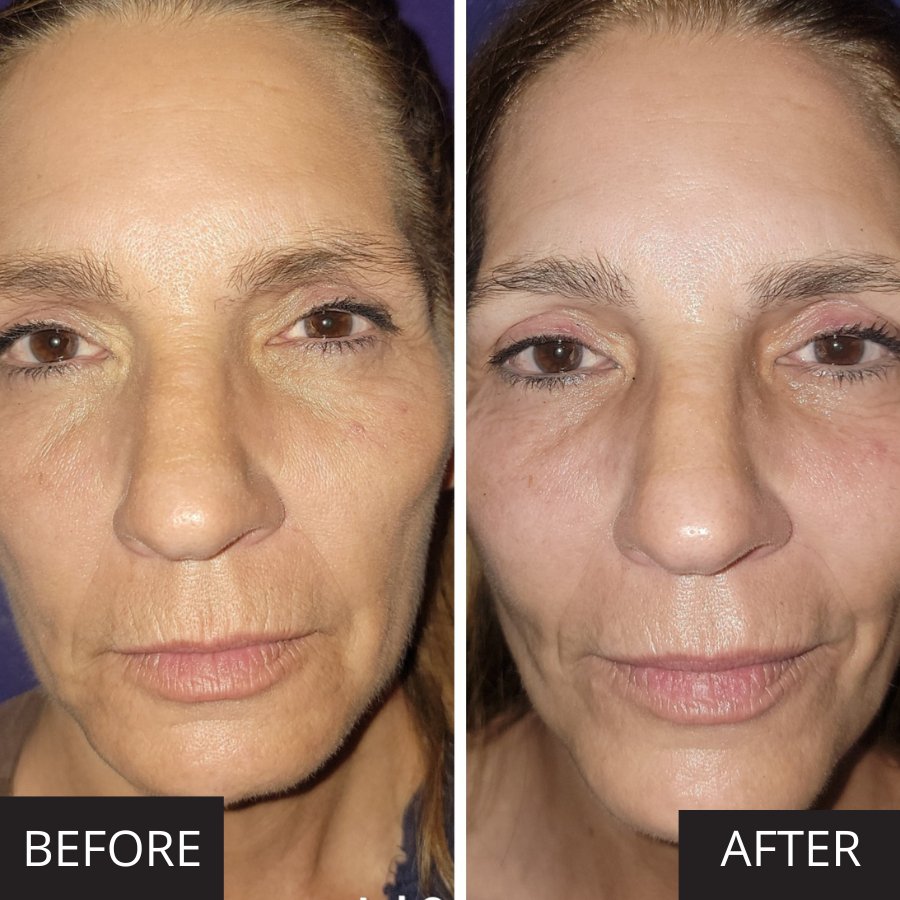How to Tailor a Skincare Routine to Your Client’s Needs
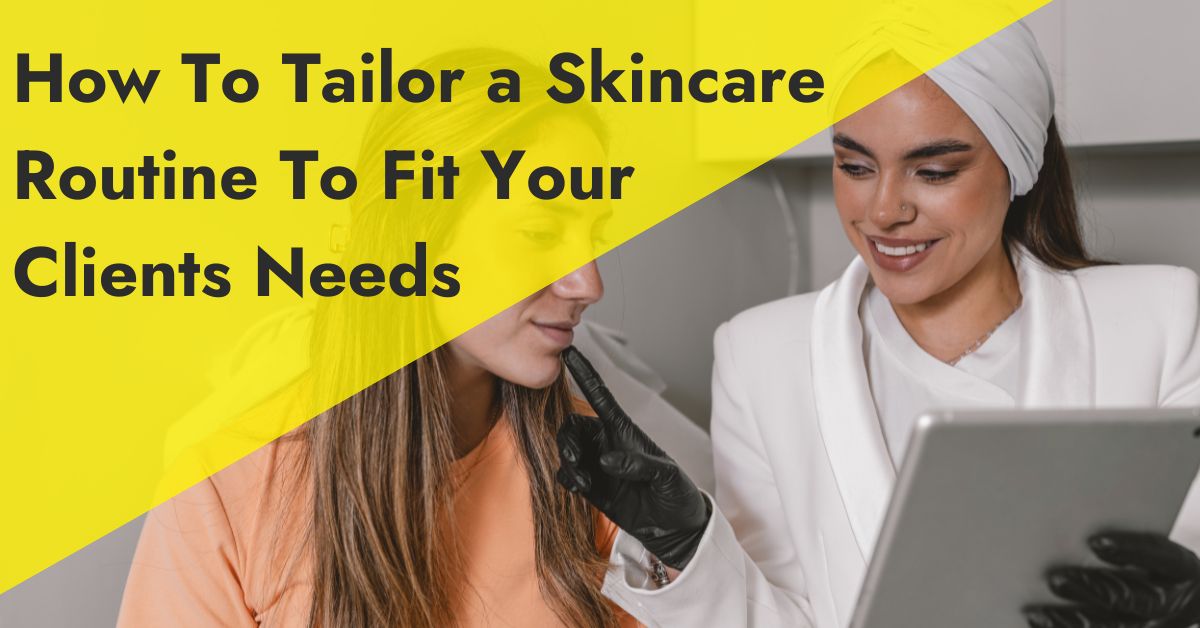
There’s no such thing as a ‘one-size-fits-all’ solution for skincare. Everyone’s skin is different with individual concerns and problem areas. A skincare routine should target your client’s current skincare issues, while considering their long-term skincare goals by selecting optimal skincare and wellness products.
As an esthetician, you play a crucial role in helping your client understand their skin and curate an optimal skincare routine. We’re breaking down the steps to tailoring a skincare routine to your client’s needs to achieve the best facial toning and long-term results.
Conduct a Thorough Skin Assessment
The first step to curating a skincare routine is identifying your client’s skin type. Every skin type requires certain products and active ingredients. You wouldn’t use the same formula for a client with sensitive skin as you would for someone with oily or combination skin.
Communication is crucial for a successful client consultation. You want to ask the right questions about your client’s product usage, lifestyle, and diet, while creating a safe environment where your client can ask any questions about their skin.
Assess your client’s skin for any conditions that may require specific treatments, products, or ingredients. While some skin conditions, like acne and rosacea, can be visually diagnosed, you may also want to use skin analysis tools like a Woods Lamp or loupe to help you understand what’s happening beneath the surface.
A resource like the 7e AI Smart Face Scan, which you can use with your phone, is a great tool to show your client some of the things you are seeing when you examine their skin. You can use it to point out the areas on the face that are dehydrated, identify wrinkle formation and depth as well as areas lacking in firmness. This provides your clients with an easy to understand visual of your assessment and supports your conclusions and recommendations. A combination of this manual exam and using a skin device will give you a full picture of how your client’s skin is aging. You can also encourage your client to use the AI Smart Face Scan at home to track their progress.
Lifestyle and Environmental Factors
What allows you to tailor a client’s skincare routine to their specific needs is understanding their lifestyle and the environmental influences on their facial muscle and skin.
Diet, exercise, sleep, and stress are the big four lifestyle factors that can impact skin health. Excessive stress and lifestyle choices like smoking or prolonged sun exposure can cause free radical damage and premature aging. Air pollution and general weather conditions can also negatively impact the skin, from accelerating the aging process to causing dehydration.
Adapt your client’s skincare routine to suit their lifestyle and daily environment. For Example: If a client lives in an urban area, focus on ingredients to protect against pollution like antioxidants. During the winter, opt for hydrating serums and richer moisturizers. If they work out often, recommend a gentler cleanser for them to use midday.
Identifying Your Client’s Goals and Expectations
When a client visits an esthetician, they usually have a skincare goal in mind. For some clients, it’s to curate an anti-aging skincare routine to prevent the onset of wrinkles. For others, it’s to tackle current skincare concerns, like acne treatment, skin brightening, or existing wrinkles.
Not every client will come to a consultation with realistic skincare goals in mind. It’s important to educate your client to help manage their expectations. You can help by giving them advice about how long they can expect to use a product before seeing visible results. As professionals,we know that a key ingredient in a product can take days, weeks, or even months to show visible results depending on what concern it is treating. For example, hydrating products tend to show results fairly quickly, often in a matter of days or weeks. On the other hand, ingredients like vitamin C or arbutin may require several weeks or months in order to visibly brighten hyperpigmentation.
In many cases, the addition of an at home skincare device can help your clients reach their goals faster. Myolift Microcurrent is a good modality to recommend in many of these cases. Not only does it help to reduce wrinkles and lift the face by strengthening facial muscles, it also increases cellular energy in the skin. With consistent use, this leads to improved collagen and elastin production and healthier skin overall. Myolift™ Microcurrent also increases product penetration. When incorporating a non-invasive device like our Myolift™ Microcurrent you will want to explain that this is a cumulative treatment and to get the best results it should be done on a regular basis. This non-invasive, no downtime treatment is intended to be gentle and painless as it cumulatively restores the skin. Remember, in all skincare, consistency is the key.
Customizing the Skincare Routine
Take each step of your client’s skincare routine and customize it to suit the results of their consultation. The specific ingredients and products you choose should be suitable for your client’s skin type and align with their short and long-term skin goals.
- Cleansing: Choose the right cleanser for your client’s skin type. Creams help hydrate dry skin, while a gel cleanser delivers better results for oily skin. Some cleaners will be formulated with a skin type in mind, such as the 7e Mangosteen Cleanser for normal to oily skin.
- Exfoliation: Chemical exfoliants are milder than their physical counterpart and better suited for those with sensitive skin or for darker skin tones that may be at risk of hyperpigmentation. Either type of exfoliant will remove dead skin cells and promote cellular turnover.
- Toning: Toner is a step many clients skip, not understanding its role in helping to prep the skin to better absorb the active ingredients in treatments and serums. It can rebalance the skin’s pH levels after cleansing or exfoliation and help to clear the pores for a smoother texture.
- Treatment serums and active ingredients: Read the ingredients on your serums and recommend one or two based on your client’s goals. The 7e Anti-Aging Peptide Serum contains Copper Peptides, which stimulate collagen production and soothe the skin. This would make it ideal for a client concerned with aging or sensitivity. The 7e ReVital C Serum can be incorporated into most skincare routines because Vitamin C provides antioxidant protection and Hyaluronic acid hydrates, but it could also be helpful to treat hyperpigmentation because of its high concentration of 20% vitamin C.
- Moisturizing: Select a moisturizer formula that complements your client’s skin type and meets their hydration needs. Consider the base of the moisturizer; is it water based/oil free, oil based/anhydrous, or is it a mix of both water and oil? Is it breathable or is it occlusive?
- Sun protection: SPF should be the final step of every client’s morning skincare routine. Ensure your client uses a broad-spectrum sunscreen daily and not just during summer. You will need to tailor your SPF recommendation to your client’s preferences. For example, they may prefer a chemical SPF that is lightweight and fast-absorbing, or a mineral SPF that is richer and more occlusive. Clients with darker skin tones will also be weary of their SPF having a ‘white cast.’ This commonly happens with untinted mineral SPFs, where the sunscreen will leave a gray, unflattering film on the skin when it is applied.
Adjusting to Seasonal Changes
Just like switching up their closet, it’s important to adapt your client’s skincare routine for every season. Seasonal skin shifts are common, from summer breakouts caused by humidity to winter dryness from colder temperatures. Your client’s skin needs will change as humidity and temperatures fluctuate. These seasonal adaptations can be simple, like changing to a cream cleanser for extra hydration or using a product with aloe vera to soothe the skin after sun exposure.
Education and Production Recommendations
Go back to basics and focus on educating your client on the skincare essentials. Teach them how to properly use each product and avoid common mistakes, like over-exfoliating and using active ingredients together that can cause irritation. Take the time to explain key ingredients to your clients and the specific benefits these can bring to address their skin concerns.
Make specific product recommendations when curating their routine, while always considering your client’s sensitivities, budget, and any other preferences they have. Some clients may only wish to use skincare products from brands with vegan formulas or that are certified as cruelty-free. If a client prefers the simplicity of a minimal routine, you should also respect this boundary because you will get better compliance and better results in the long term. If you recommend steps they can realistically follow, you are setting them up for success. In some cases that means SPF in the morning, then cleanser and moisturizer at night - this is the bare minimum, but for some people it can be overwhelming. As they get acclimated to their new routine and gain confidence, then you can add in a serum or exfoliator once they are ready.
Managing Your Client’s Expectations and Common Pitfalls
After you’ve given your client their skincare routine it’s important to manage their expectations with a realistic timeline for seeing visible results. No skincare routine will deliver overnight results.
Giving your client a realistic timeline makes them more likely to stay consistent and not be disheartened if they don’t see results within the first week. Keep your client’s skincare routine simple and avoid overcomplicating it. You should also avoid introducing too many active products all at once. Using too many products – or ‘over-producting’ a routine – can lead to less effective results or skin irritation. Remind your client that their monthly facials with you are the time to check in, so you can always revisit or change their routine once their skin has some time to respond to new products.
How to Tailor a Skincare Routine for Every Client
When a client comes to you for a skincare consultation, it’s an important first step to know what concern the client has.
The most effective skincare routine is always customized to a client’s skin type, specific concerns, lifestyle, and skin goals. Using a skin device and conducting a manual exam will give you a clearer picture of your client’s current skin to set realistic goals and manage their expectations. Personalize every step of their routine for effective results and to ensure long-term client satisfaction.
Stay ahead of the latest skincare technology by continuing your education as an esthetician and learning about new products, treatments, and skin devices.

